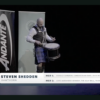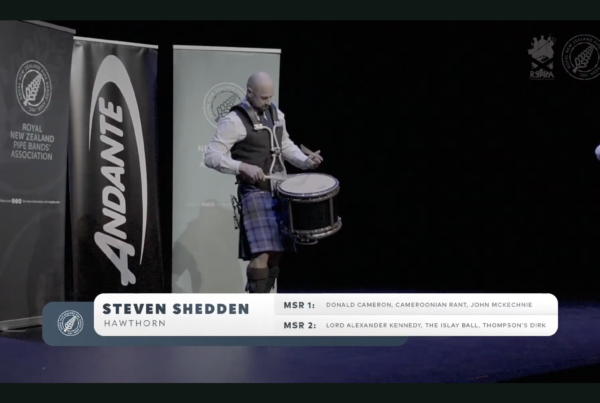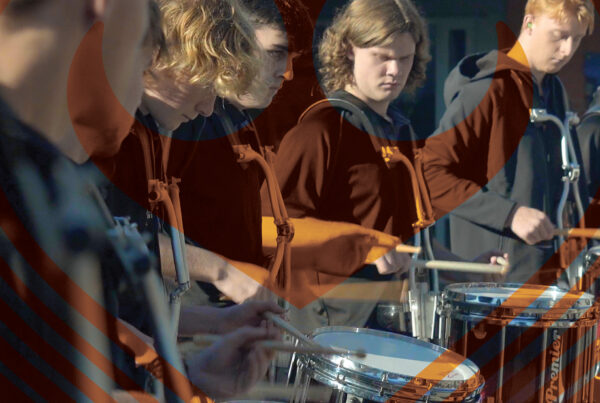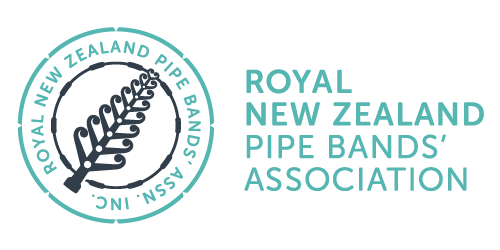Written by Liam Kernaghan and presented in the May 2022 edition of NZPB magazine.
My colleague, Amy Knightley, wrote a paper for New Zealand Story (www.nzstory.co.nz) back in 2017 about how “it’s time to ditch the cultural clichés,” in which she talked about using Te Ao Māori effectively and appropriately instead of in a way which demeans culture and leaves a negative impression on the consumer. At its core, her thesis focusses on using māoritanga tastefully and appropriately which both pays respect to Māori culture as well as leaves a positive impact on people.
The same could be said about the use of Scottish culture, or ‘Te Ao Celtic,’ in our marketing. Our art is inextricably linked to Scotland, to Scottish and Celtic culture and to Gaelic traditions. The cringe memes about ‘what’s up a kilt’ and showing older, white men with orange beards running around in tartan does nothing to serve the art form or improve piping and drumming’s perception. There is also a uniquely ‘Kiwi’ approach to both Te Ao Celtic and Scottish music which we shouldn’t be afraid to use so long as it fits within the Scottish paradigm.
Here I hope to provide some further insight on these issues and help you and your band focus your advertising and marketing so you can achieve your goals. Whether its increasing the number of learners, or your name recognition, or simply putting your band on the map, these steps should help you on your journey. It’s by no means ‘plug and play’ – ultimately you have to find a way that works for you and your band. But hopefully I can help avoid the many faux pas that bands use on social media.
Be authentic
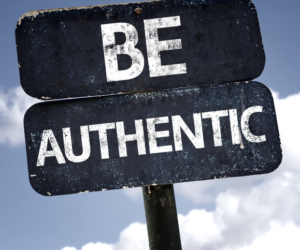 Amy says that “In life we’re all looking to find common ground and make connections – cultural connections are no different. But we sometimes make the mistake of trying to change our behaviour to mirror the culture of the offshore country we’re operating in.”
Amy says that “In life we’re all looking to find common ground and make connections – cultural connections are no different. But we sometimes make the mistake of trying to change our behaviour to mirror the culture of the offshore country we’re operating in.”
As an authentic brand, you know your target market, what they value, and why they seek you out. For us, it is usually three things – people wanting to learn, people wanting to hire, or people wanting to understand more about our art form. I can guarantee that while you might find the countless Scottish memes funny, most people think it looks odd and outdated. It also doesn’t speak to who we are as a movement and what you are as an organisation.
If your band is from humble origins or a long-standing , whether you’re a grade four or a grade one, what you post has to be authentic and true to your organisation. There is no point pretending to be something you’re not and over-selling yourself. That will weaken your authenticity and confuse people.
Some tips to achieving authenticity:
- Know Your Audience – The problem with tailoring your brand’s message for your core audience comes when you don’t want to target so much that you risk ostracising other potential audiences. But without committing and tailoring your message, you’re left with one that only half-resonates with your intended audience but keeps the door open for others in a way that leaves both feeling like your brand doesn’t really know either of them.
- Involve Your Community – whether it’s interactive social media or participation in a local fundraiser, encourage your customers to invest in their community and in you as a vital, valuable member of that community. Demonstrate that you’re willing to work to champion important local causes and offer people the chance to do the same. The idea is to get your community invested in your success and dedicated to seeing you succeed.
- Communicate regularly – no one believes something when they only hear from them every couple of months. Share photos or videos of what you’ve been doing recently – maybe it’s a picture of your learners group, or a cool project you’ve been working on, or something similar. Try and maintain your social media accounts regularly and post content which builds authenticity.
Make it meaningful
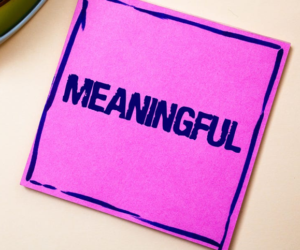
Another point Amy makes is “whilst it’s important to do your best to appeal to youraudience, don’t pretend to be someone you’re not. There’s nothing more unappealing than that.” The aforementioned cringe memes highlight that particular disconnect. Piping and drumming in New Zealand couldn’t be further from that. And it’s not what people expect or want when they look at modern day piping and drumming in New Zealand.
Most people wanting to learn the pipes and drums won’t know what the world championships are or who has won a gold medal. While they are helpful in improving your standing, they won’t necessarily bring in all the learners you’ve been looking for. What will do that is showing them the benefits of piping and drumming, that we are all regular normal people like them, and that they feel a connection to it.
Some tips to achieving more meaningful advertising:
- Make Your Customer The King or Queen – If you make your band or people the superhero, you’re putting yourselves above your customer and looking down at them. This positioning makes you appear inauthentic and untrustworthy. The focus is always your customer. Your product or service is the tool that enables them to achieve the superior results they’re seeking.
- Project What Your Brand Stands For – Every clever marketing campaign should project the heart of the brand and what it stands for. All marketing projects must be consistent in messaging to truly connect with the consumer and showcase the values of the brand, ensuring it is meaningful.
- Focus On Providing Value And Educating – The single best way to have authentic marketing is to give value first. Instead of always trying to sell, sell, sell, make sure you take the time to educate. If you can get our customers to trust us, then the selling will come even easier later in the funnel.
Make it memorble
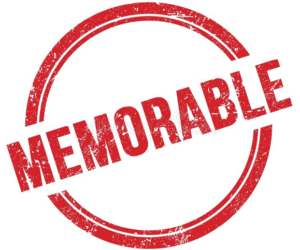 We are competing in a dynamic market where there are multiple other options that provide quicker benefits. Our marketing shouldn’t be cookie-cutter, run of the mill content – it needs to leave a long lasting memory in people’s minds that they remember over the other ads they see. You don’t have to spend thousands of dollars on it either – the strongest memories are emotion-based, and powerful brand names do an excellent job of conveying emotion.
We are competing in a dynamic market where there are multiple other options that provide quicker benefits. Our marketing shouldn’t be cookie-cutter, run of the mill content – it needs to leave a long lasting memory in people’s minds that they remember over the other ads they see. You don’t have to spend thousands of dollars on it either – the strongest memories are emotion-based, and powerful brand names do an excellent job of conveying emotion.
I don’t mean to focus on those Scottish memes I keep talking about, but most people won’t sit there and look at them and remember your organisation positively.
They’ll probably cringe and move on.
Some tips to being more memorable:
- Have A Story With A Human Touch – Make sure your brand has a story with a human touch. Showing why customers need your product or service is not enough, you have to connect with them on a deeper level — and that’s where storytelling comes in. What’s the story behind the brand? Why does it exist? When your brand has a proper story behind it, you’ll win the loyalty of consumers and that’s priceless.
- Show And Tell – All writing consists of a voice. So does design. Make sure your identity comes through in all the different facets of your brand. Give people a reason to remember you. The downside of not being memorable isn’t being neutral; it’s being forgettable. It’s not being someone’s second or third choice: It’s them not even considering you. Combine visual design with captivating copy to craft a message they won’t forget.
Some of this will look and feel like you’re climbing a mountain, but actually it’s very simple. Start small and bite off things you can achieve. Take a look at some of the bands or other community organisations that you like and think do a good job, and start to think about ways in which you can emulate that. Feel free to get in touch if you want to bounce ideas off me. We are all in this together.
